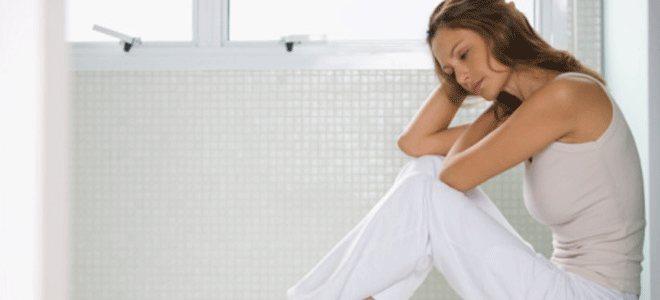Urine loss is a very common problem among the female population over 45 years of age. As with many gynecological problems or with many physical characteristics of women, urinary incontinence is seen in most cases surrounded by such silence that the affected woman does not go to the doctor until the problem is already very evident. But taking into account that urine leakage is a health problem that can affect your personal life, even leading you to a depressive state, it is advisable to seek medical help at the first symptoms, regardless of how old you are.

Urinary incontinence
And it is that involuntary urine losses also affect younger women, since the causes of this condition can be varied. Actually, it is a weakening of the pelvic floor muscles that makes it difficult to retain urine in the bladder and causes involuntary expulsion at any abdominal movement, be it laughing, sneezing, coughing, or bending over.
The weakening of the pelvic floor can be due to multiple factors, such as age, surgery, obesity, stress or constipation, but it can also be weakened by the practice of some impact sports such as boxing, basketball, horse riding or Martial Arts. Although the main reason for urine loss in young women is pregnancy and childbirth, due to muscle dilation in the area.
Prevent urine leakage
- Prevention plays a key role in avoiding these unpleasant urine leaks. For the most serious cases, medication and sometimes also surgery will be needed. But we ourselves can also prevent incontinence problems in the future, or considerably improve the functioning of our bladder if we are already suffering from this problem.
- The first step is to train the bladder and establish a schedule to go to the bathroom. At first it will cost us more to hold on, but over time we will be able to space out the times we need to urinate. This bladder training must be accompanied by exercises aimed at strengthening the pelvic floor muscles, known as Kegel exercises.
- Kegel exercises consist of contracting the pelvic muscles for 10 seconds, then relaxing them for another 10 seconds and repeating this action 10 times in a row. Specialists recommend doing these exercises 3 times a day, because if they are done many times we could worsen the problem of incontinence.
- It is also important not to contract the abdominal and buttock muscles during the exercises and to know exactly which pelvic floor muscles we should exercise there is a simple trick, which consists of stopping urination for a few seconds when we are in the bathroom.
- These Kegel exercises designed to strengthen the pelvic floor muscles are one of the fundamental measures to prevent urine loss and it is something that all women should practice whether or not they have this problem. In any case, before the first losses, however slight, it is necessary to see a doctor to determine the best treatment to prevent urinary incontinence from becoming a bigger problem.
